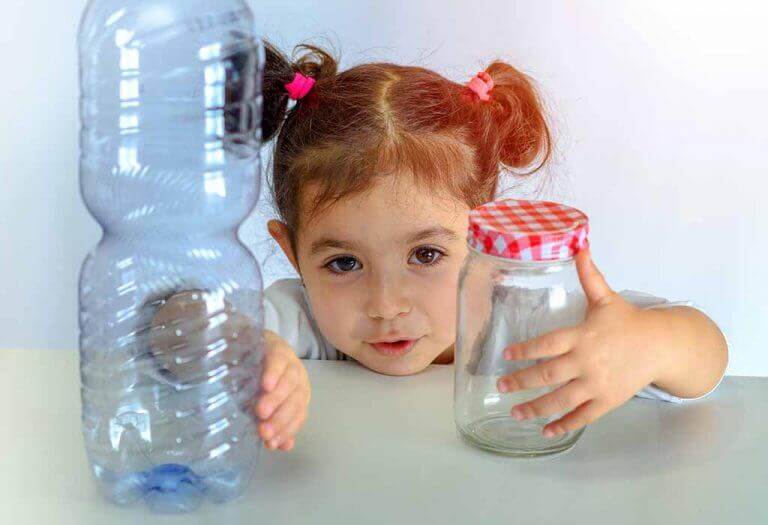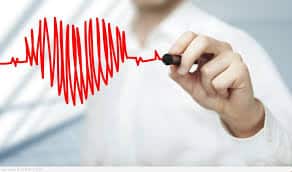بقايا البلاستيك في دمائنا !!!

بقايا البلاستيك في دمائنا !!!
بقايا البلاستيك في دمائنا !!!
يبدو أن لا مكان على وجه الأرض خال من بقايا البلاستيك ، إلا أن التأكيد على وجودها في دمائنا أمر لا يصدق، بل يكشف مشكلة بيئية هائلة وخطيرة آخذة في الاتساع.
فقد أجرى باحثون من Vrije Universiteit Amsterdam والمركز الطبي بجامعة أمستردام، عينات دم مأخوذة من 22 متبرعاً مجهولاً يتمتعون بصحة جيدة بحثاً عن آثار البوليمرات الاصطناعية الشائعة التي يزيد قطرها عن 700 نانومتر.
وعثر العلماء على بقايا صغيرة من البلاستيك في دم المتبرعين، ما أثار قلقاً ومخاوف بشأن مضارها الصحية على المدى الطويل، بحسب موقع Science Alert.
مواد تستخدم في قطع غيار السيارات والسجاد
إلى ذلك، تضمنت العينات مواد بلاستيكية دقيقة مثل البولي إيثيلين تيريفثاليت (PET)، الذي يشيع استخدامه في زجاجات الملابس والمشروبات، وبوليمرات الستايرين، التي غالباً ما تستخدم في قطع غيار السيارات والسجاد وحاويات الطعام.
ولم يتمكن الباحثون من إعطاء تفصيل دقيق لأحجام الجسيمات في الدم، مع ذلك، مشيرين إلى أن الجسيمات الأصغر التي كشفها التحليل تقترب من حد 700 نانومتر، وسيكون من الأسهل على الجسم استيعابها من الجسيمات الأكبر حجماً التي تتجاوز 100 ميكرومتر.
وأكدوا أنه لا يزال هناك الكثير مما لا يعرفونه عن التأثيرات الكيميائية والفيزيائية للمواد البلاستيكية الدقيقة الموجودة بين خلايا الإنسان.
فقد أشارت الدراسات التي أجريت على الحيوانات إلى بعض الآثار المثيرة للقلق، ولكن تفسير نتائجها في سياق صحة الإنسان ما زال غير واضح.
الأطفال أكثر عرضة
من جهته، قال ديك فيتاك، عالم السموم البيئية في جامعة فريجي بأمستردام، “نعلم أيضاً بشكل عام أن الأطفال الرضع والأطفال الصغار أكثر عرضة للتعرض للمواد الكيميائية والجسيمات”.
وتدل هذه الدراسة رغم العدد الصغير من المتطوعين على أن الغبار الناتج عن عالمنا الاصطناعي لا تتم تصفيته بالكامل بواسطة رئتينا وأمعائنا.
وأكدت الدراسة أن هناك حاجة إلى مزيد من البحث على مجموعات أكبر وأكثر تنوعاً لرسم خريطة لكيفية وأمكنة انتشار وتراكم الجسيمات البلاستيكية الدقيقة في البشر، وكيف تتخلص منها أجسامنا في نهاية المطاف.






